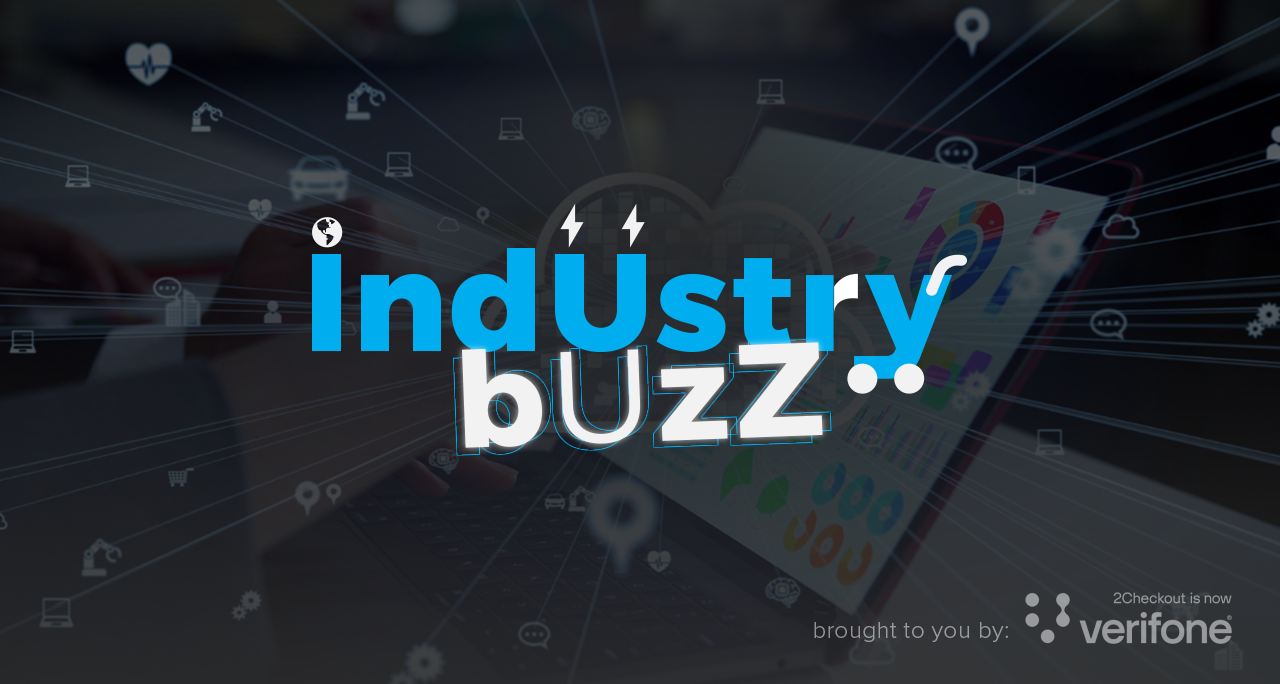While reports have suggested a positive start to SaaS sales in 2024, challenges like lengthening sales cycles and tightening budgets are placing bigger demands on marketing teams.
If you’re in the midst of building your SaaS sales and marketing plan for the coming year, this post might give you a fresh perspective and spark ideas that enable you to rise above the competition. Peruse these effective approaches to grow in 2025 and beyond.
1. Strengthen customer relationships
Selling SaaS is difficult. But playing the (long) sales game smartly and honestly can be tremendous for long-term revenue growth (best-in-class SaaS businesses double their annual recurring revenue each year). That begins by nurturing trusted relationships with customers. It’s worth reviewing your long-term customer retention strategy to identify and fix issues affecting performance. Here are some questions you might want to ask:
- Are we delivering ongoing value? What is the picture we’re getting from KPIs like retention rate, churn rate, NPS, customer lifetime value, and upsell and cross-sell successes?
- Is our new user onboarding adequate or are there gaps that need fixing? Signs of poor user onboarding include:
- Users abandoning the sign-up process
- Users not returning after signing up for the free trial
- Customers abandoning you after paying their first invoice
- Do we have a strong customer community? Active members of a SaaS community contribute reviews and feedback and provide support to peers, helping you grow through referrals and positive word-of-mouth. Ways to build or strengthen your customer community include:
- Tapping online forums and peer networks
- Hosting webinars and in-person events
- Implementing advocacy programs
- Do we regularly communicate with transparency? Customers expect to be in the know about product improvements, roadmap plans, or progress on any previously disclosed challenges you’ve been facing. Acknowledging customer wins and usage milestones with personalized messages is another aspect of effective SaaS communication that helps keep the bond intact.
Retention, expansion, and advocacy are crucial to sustainable growth. Meaningful interactions with customers and efforts towards making them feel like a part of your community rather than just users of your product, can do their bit to secure renewals while boosting your visibility among potential customers.
2. Double down on SaaS content marketing
Content marketing and SEO are pivotal to establishing thought leadership, demonstrating expertise, and generating leads. 57% of SaaS companies invest in content creation as a key element of their marketing plan. Your SaaS marketing playbook may already include content marketing, but have you covered all the bases on content and tried tactics that you put off for some reason? Relook at your marketing plan to decide what you can improve upon. Here are some suggestions:
- Diversify your content formats. Can you host more webinars on industry trends and product use cases? Will more reports, case studies, and whitepapers provide potential customers with the data-backed insights they need to inform their decisions? Do interactive guides for engagement like quizzes and assessments make sense and add value to your audience? Should you try a creative approach, like MailChimp Presents, the creative content series from MailChimp?
- Review your content to identify whether it provides actionable tips addressing your customers’ challenges and effectively shows how your product solves specific issues. If you can create more evergreen content, invest in this effort to drive ongoing organic traffic.
- SEO is a powerful strategy to bring in more SaaS prospects, and continued efforts towards optimizing brand content will contribute to growth. Check how your SEO efforts are coming along and commit to better results.
- Dip your toes in influencer marketing. Partnering with influencers certainly won’t come cheap but is a tactic worth pursuing if you can afford the cost. Research influencers in your niche, paying attention to engagement over follower count. Nano-influencers (1,000-10,000 followers) tend to have high engagement rates and a loyal following.
- If you haven’t already, publish your product on comparison directories like G2, Capterra, and TrustRadius to drive greater visibility.

Consider adding AI writing assistants to your SaaS marketing plan
Creating more high-value content and boosting organic and paid reach is easier and faster with AI writing tools. Advanced AI content managers can generate different types of marketing content. They create content based on your prompts and can regenerate content, giving you different versions to work with. Narrato is a good example of an AI content assistant for SaaS marketing, that can help you get quality content out faster.
Here’s an example of a blog post outline generated using Narrato’s AI template. When done manually, this step in the blog writing process alone would take you at least a few hours with extensive research and brainstorming needed. But with an AI writing assistant like this one, you get a well-structured outline in seconds, which you can further refine and build on.
An AI content tool like Narrato also generate SEO meta descriptions and titles, social media posts, ad copy, landing pages, repurpose content (video to blog, for example), summarize lengthy documents into digestible chunks, and more. They save you more time for content creation and marketing activities that require your creativity, expertise, and experience.
For larger SaaS enterprises, generative AI marketing platforms like Typeface can be a better choice. This platform is built to scale creative content production, launch personalized email campaigns, and generate persona-specific marketing content for any platform, tailored to your brand guidelines.
3. Increase your SaaS pricing
73% of SaaS companies planned to raise their pricing in 2024. If you were in the minority, then adjusting your prices upwards is a strategy to explore for your 2025 sales playbook. It’s not only about scaling revenue quickly but also aligning the price with new value-enhancing features and attracting the right customers. A price hike improves the value of your product and brand in customers’ eyes, but as you might rightly fear, this move may upset existing users. Proceed cautiously, but don’t hesitate to increase your prices, especially if you believe you’ve earned it.
Ask the tough questions
In some cases, a price increase may be counterproductive. These questions will help guide your decision:
- Can we increase the price and still get revenue after customer churn due to the price hike?
- Is our product essential, important, or nice-to-have for the business?
- Is it easy to switch to the competition and how might the change impact their business?
- How strong is the competition? For example, do they offer similar features or a more attractive pricing model?
- Can you sustain long enough to ride the dip after the price increase?
Start with a subset of your user base
Rollout changes incrementally to a subset of users. This will keep damages, if any, to a minimum and make rollback easier.
For example, you can increase the price by 15%, give new visitors a 15% discount, keeping the original price for some of them. See if the segment in the discount group is more profitable than the non-discount group, and then decide which way to go.
If you can, test users that represent a monthly recurring revenue you’re okay losing. Notify them about the price increase and give them one billing cycle to either upgrade or cancel.
Grandfather customer pricing
Allow existing customers to remain on the old pricing even after the new one has been introduced. Give them a window equivalent to their tenure with you. For example, if they’ve been with you for three years, give them three years before the new prices apply. This will keep them from churning and give them sufficient time to anticipate changes. If they stay with you, your new revenue will be indicative of the value delivered.
That being said, make consistent efforts to showcase value and give sound reasons for the price increase. Provide customers insights into why the price rise is justified, such as when your product has fundamentally changed in a way that no longer supports the old pricing. Another option is to introduce value-add features that aren’t available on the base plans and to charge for these features when you roll them out on top of existing prices. A heads-up is also warranted when some of your customers on early pricing are low-revenue and disengaged—this can prompt them to seek cheaper alternatives.
Just as you acknowledge early customers’ loyalty through pricing incentives, engage them in your marketing efforts, inviting them to speak at your events, featuring them in your social media campaigns, and creating customer advisory boards where they can give feedback on products and have a say in your product roadmap.

4. Review your prospecting strategy
Is your SaaS sales playbook hiding issues that are deterring growth despite your best marketing efforts? A common mistake early-stage SaaS companies make is to sell to businesses that lack the purchasing power for their product. If this is the case, shift your focus to those with the purchasing power, such as recently funded companies, which you can find on these sites:
In addition, stay on top of news on startups on:
Another option is to try and be a part of angel investors’ toolkit and through the investors, get introductions to startups. If you can manage to impress 2-3 investors, you’re likely to gain access to several start-ups, who may otherwise be difficult to chase.
Make the most of LinkedIn for lead generation
In B2B SaaS, a greater emphasis on LinkedIn marketing makes sense. It will take time and effort, but help generate quality leads. Here are some tips to consider:
- Contribute your insights to posts in your niche and post content showcasing your expertise to build credibility. This will generate some measure of interest in your business and product, potentially opening the door for initial meetings.
- Connect to those whose titles and bios align with your ideal customer profile, and ask for their time. Engage them with data points on the ROI they will get from using your product.
- If you aren’t 100% sure they’re your ideal customers, use the first meeting with them as an opportunity to question and qualify them. Gather their pain points first and then provide a demo during the second meeting when you’ll be in a better position to tackle those pain points and emphasize the outcomes your product delivers. Communicate measurable benefits, ideally, along with a short payback period. However, prospects may still require trials to validate the business case before committing to a purchase, and that’s OK too.
With a smart and standardized approach to outbound sales, your efforts are likely to bear fruit and enable you to grow your pipeline faster.
To a year of outstanding revenue growth
Hopefully, the ideas in this post will get you thinking about ways to enhance your 2025 sales playbook. Experiment with different growth strategies to pinpoint what works and what doesn’t. Experience being the best teacher, a bold, calculated approach will help boost customer acquisition and retention in the long run.
About Author

Ashwini Pai is a copywriter at Narrato, a leading AI content creation, marketing and workflow solution. She is a user of AI tools and believes they can be used to do more and do better.





